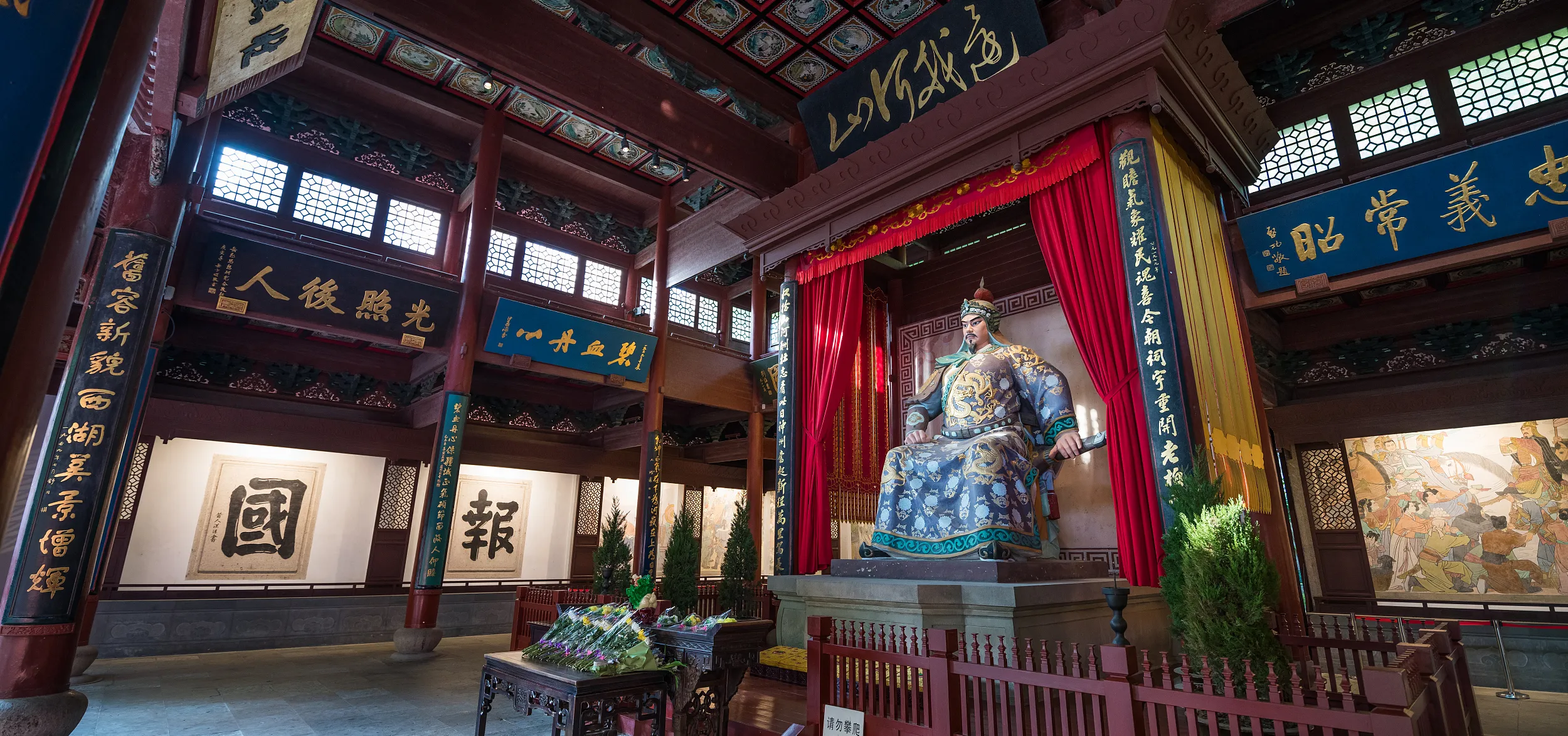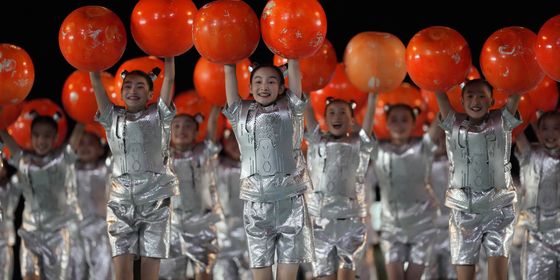Take a walk around Hangzhou’s Temple of Yue Fei
On March 24, we celebrate the 915th birthday of Yue Fei, one of China’s most famous military generals and patriotic symbols. The tragic hero is commemorated and worshiped as a Daoist deity at China’s Four Great Yue Fei Temples in Tangyin county, Henan (Yue’s birthplace), Kaifeng and Hangzhou (imperial capitals in Yue’s time), and Xinhui, Guangdong.
TWOC travels to the Yue Fei Temple in Hangzhou, where Yue was executed and buried, to see how the people remember their hero.
The warrior poet Yue Fei’s (岳飞) mausoleum and temple is located on the shore just a few minutes’ walk west from the Xiling Bridge entrance to Gushan Hill—following Beishan Road, you can’t miss it if you look on your right.
It’s not an exaggeration to say that most Chinese have heard the tale of the Southern Song Dynasty military commander Yue Fei. He’s been immortalized in countless literary and cinematic works; invariably he is the hero of the tale, a determined general whose skill at arms, loyalty to the crown and prescience regarding the growing threat from northern invaders became legendary—as did his ill-fated quarrel with the Machiavellian royal chancellor Qin Hui (秦桧).
Perhaps most of all, Chinese have heard the tales of the four-character tattoo said to be on Yue Fei’s back, 精忠报国, which means, “Serve the country with the utmost loyalty.” Suffice to say, it’s going to be an interesting tale, but keep in mind as you read the plaques that with so many myths and legends, separating fact from fiction is incredibly difficult.
Entering the temple after purchasing a ticket, visitors encounter a breezy courtyard and, depending on the season, a pleasant leafy canopy. The real delights of course lie ahead, with the nooks and crannies around the larger rooms telling the tale of Yue Fei, in both English and Chinese.
It’s easy to see where Yue Fei’s desire for war came from—although there are many tales of his upbringing, each more fantastic than the last (with some saying he and his mother were once swept down a river from Henan to Hubei), most tales say he joined the military at a young age and was a skilled bowman. His martial exploits drew attention and he worked his way through the ranks in the Southern Song army. So when the Jurchen invaders from the north invaded his ancestral homeland, he was among those most eager to take up the fight.
And fight he did, winning plenty of battles. So much so that Yue Fei became a symbol of continuing the fight, and his political enemy Qin Hui, who represented a faction who was pushing for peace with the northern invaders, became a symbol of treachery and above all came to symbolize the evil of appeasement. As the centuries, myths and historical analyses piled up, each of these antagonists collected more evil aspects to reinforce these morals of the narrative— something a casual observer with even a passing interest in history can observe in the black-and-white retellings of these legendary stories emblazoned on the walls and exhibits of the temple.
The tales differ on exactly how Qin Hui brought Yue Fei down, but a common thread is that while Yue Fei was in the thick of combat, Qin Hui was spreading slander at court. When a few battles went sour, the court turned on Yue Fei. The universal theme of Yue Fei’s death is treachery at the hands of Qin Hui, but some tales have him strangled, others poisoned, executed, dying in his cell, made a public spectacle, ambushed—the list goes on.
What remains intact in all variations is the simple fact that war continued to rage against the Jurchen and the troubles with the north were far from over at the time of Yue Fei’s death. History proved his suspicion of the northern invaders correct—they had no interest in peace. Around 20 years after he fell into disfavor and died, Yue Fei was rehabilitated and it was time for Qin Hui to go on the chopping block. Yue Fei was given a grand tomb and all manner of expressions of regret in his demise, and Qin Hui was relegated to the role of villain thereafter. Visitors to the tomb should definitely make sure they take the time to glance at the kneeling statues in one of the courtyard areas. There they will find in a caged-off enclosure, a kneeling stone figure of Qin Hui beside his hapless wife, looking every bit as morose as one would expect from a soon-to-be executed traitor.
Excerpt taken from Hangzhou at a Glance, TWOC’s guide to the city of Hangzhou. Available in our store!













